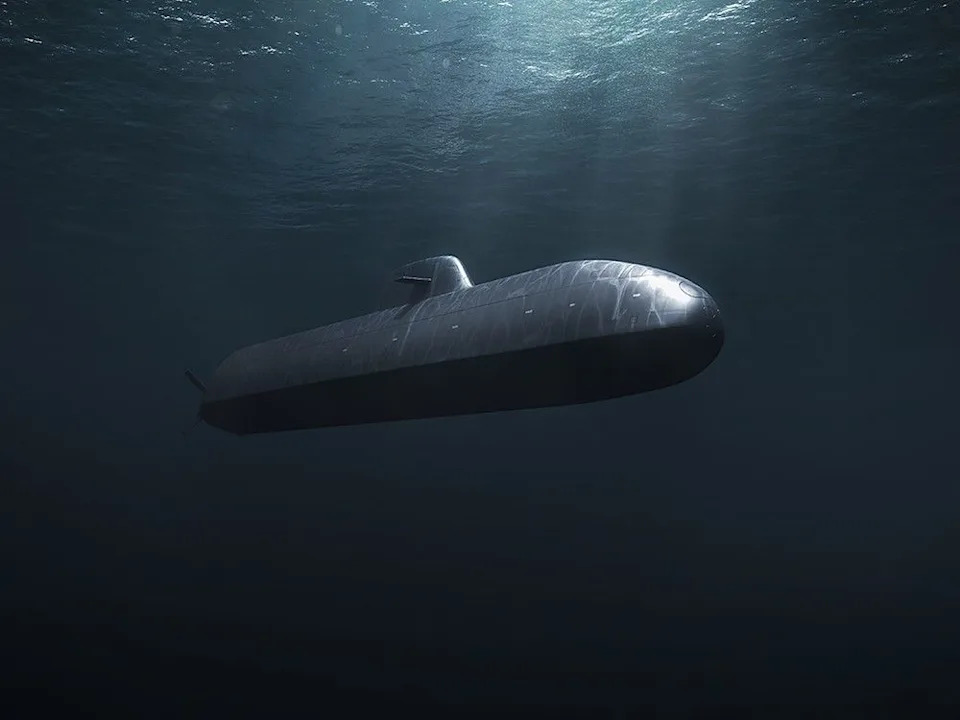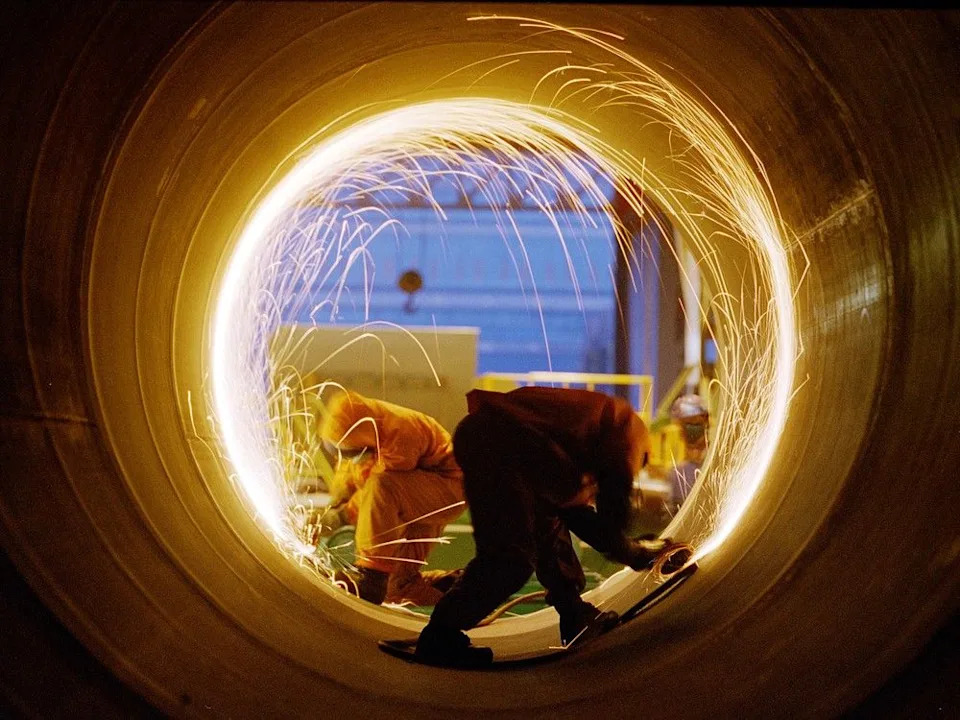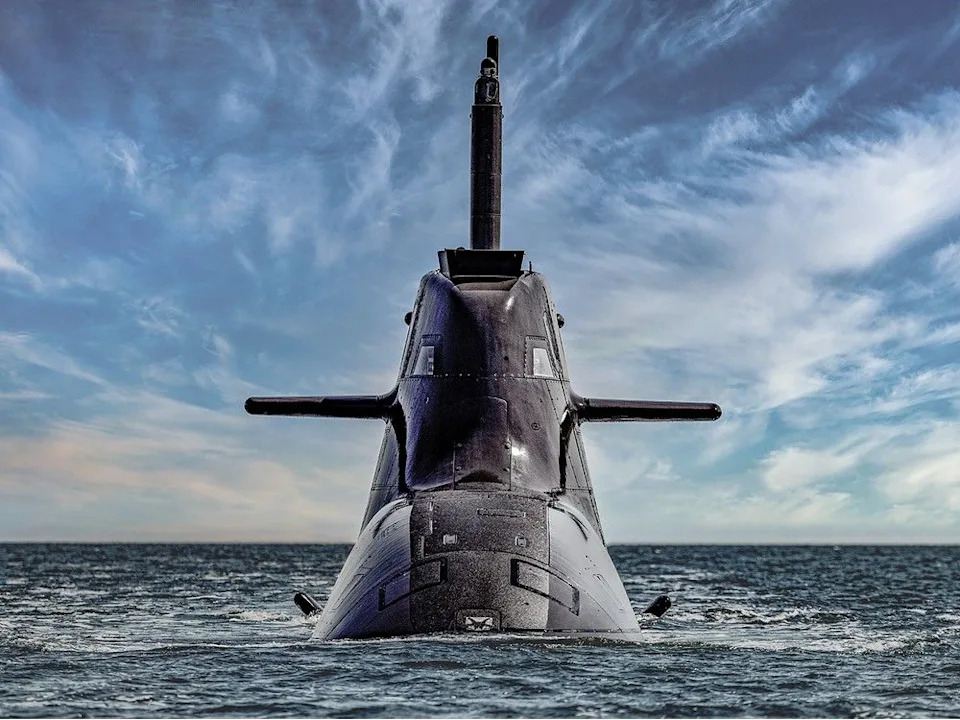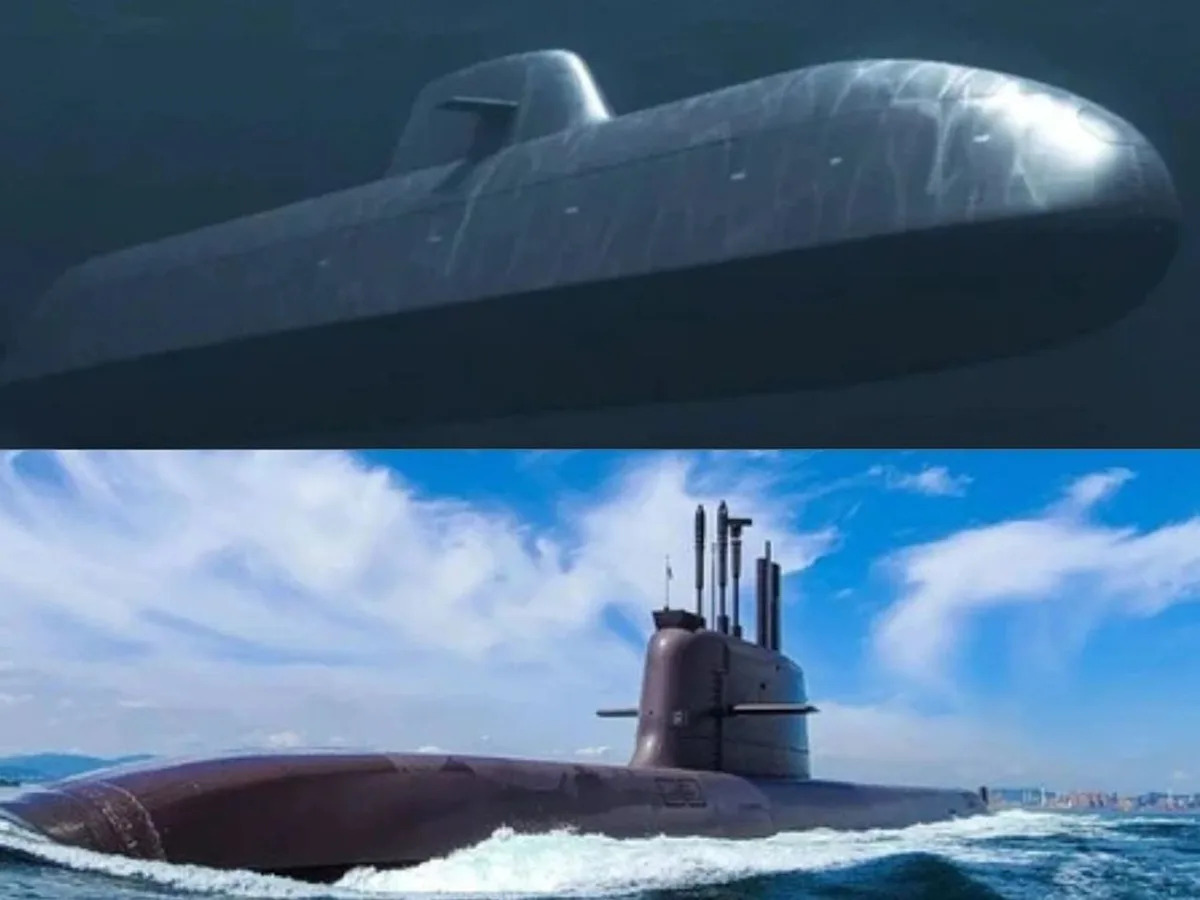Canada is proceeding full-speed ahead on one of the most, if not the most, expensive single military purchases in this country’s history. The plan is to buy up to 12 new submarines to replace the navy’s current aging fleet of Victoria-class boats.
In late August 2025, the Liberal government announced it had narrowed down its choices to two submarine builders: Germany’s ThyssenKrupp Marine Systems (TKMS) and the South Korean company Hanwha Ocean. Hanwha is offering Canada the KSS-III submarine and TKMS says it will provide the Type 212CD submarine.
On Oct. 30, Prime Minister Mark Carney will visit Hanwha Ocean’s facilities to get an up close look at the company’s submarine. Carney has already toured the German shipyard that will build the Type 212CD.
When it comes to capabilities and weapons, either submarine can do the job for Canada, senior Royal Canadian Navy officers have concluded. “Both of them fulfil the requirements, the very high requirements for the Canadian Navy,” Carney said in September.
So that means other factors will play a role in deciding the winning bid. Carney has pointed out that questions still need to be answered about where the boats will be built and what industrial benefits Canada could receive from the winning bidder.
Here’s what you need to know.
Is speed of delivery a factor in this purchase?
Yes. Both Carney and the navy leadership want the subs to be delivered as quickly as possible as the Victoria-class subs are well past their prime.
The South Koreans believe they have an advantage in that the KSS-III is built and is already in service. Additional subs are currently being constructed.
Hanwha has an active production line, so it knows exactly how long it takes to build a sub as well as the exact cost to do so, according to its officials.
Hanwha officials say they can deliver four KSS-III submarines to Canada by 2035, if a contract is signed in 2026. The first submarine would be delivered in 2032 and the additional submarines will be delivered at a rate of one per year, meaning the entire fleet of 12 submarines can be delivered to Canada by 2043.

Hanwha ocean is pitching its KSS-III submarine to Canada.
The other pitch the South Koreans have made as far as the delivery schedule is that it would allow Canada to fully retire the current Victoria-class sub fleet before 2035. That will result in estimated savings of approximately $1 billion on maintenance and support costs of those ageing vessels, according to the South Koreans.
The German submarine, being built in conjunction with Norway, is not yet in the water. However, construction has started. It is not uncommon for large naval programs to fall behind schedule but Norway says it expects to receive its first sub in 2029. Germany says its first boat will be delivered in 2032.
When Carney visited the German shipyard in August, a TKMS briefing noted that the firm could have the first sub ready for Canada in 2034 and a second in 2036, according to the Canadian Press. But the Germans have suggested that timing could be improved.
Where will the subs be built?
Hanwha says it can build the submarines in Canada, if that is the option the navy and the Canadian government requests. The Germans say they can do the same. But building in Canada could cost more and would likely slow down delivery.
What are the economic benefits being offered by the companies?
Both companies have promised significant economic benefits for Canada, including alliances with Canadian-based defence firms. The German defence minister, Boris Pistorius, has suggested his country could buy Bombardier jets in the future for VIP transport, as well as other aircraft for airborne early warning planes. He has also suggested that Germany may purchase Canadian space systems. Other deals could be made on hydro and liquified natural gas.

An artists’ rendition of the Type 212CD submarine.
Hanwha has been signing teaming agreements with Canadian firms to work on the sub project. Babcock Canada and CAE are among more than a dozen domestic firms who have signed such agreements. Hanwha has also entered into several contracts with Canadian companies to provide equipment for South Korean navy vessels. The firm pointed out that Curtiss-Wright Indal Technologies, in Ontario, has supplied its towed array handling equipment already for the KSS-III submarine.
Hanwha Oceans has also suggested there could be various industrial deals involving investments in Canadian liquefied natural gas, critical minerals and aerospace industries.
What are the other economic considerations?
A purchase of the German-Norwegian submarine sends a signal by the Canadian government that it is further solidifying its long-standing alliance with European defence partners. The Germans have framed such a deal as strategic response to the Russians.
The purchase of the South Korean subs would send the message that Canada is ready to become a significant player in the Asia-Pacific by forming an alliance with a major economic powerhouse in the region. Such a Canadian-South Korean deal is being framed as a strategic response to China’s growing presence in the region.

Entering into an alliance with South Korea on such a significant military purchase as buying a fleet of submarines could help Canada’s economic push into the Asia-Pacific region. Hanwha workers are shown here building a KSS-III.
Is NATO interoperability an issue?
Germany and Norway, which will operate the Type 212CD submarines, are NATO members and their officials have highlighted this aspect in their sales pitch.
The South Koreans have countered that the KSS-III is fully interoperable with NATO allies. Poland, a NATO member, is also currently considering the South Korean submarine as a potential contender.
Canada’s close allies in the Asia-Pacific are Australia, New Zealand and Japan, which are not NATO members. Yet their militaries regularly operate in the Pacific Ocean with South Korean forces as well as NATO members.

Germany is pitching for Canada to join its Type 212CD submarine program. The Type 212CD isn’t built yet but it is based on the existing Type 212A shown in this photo.
Can the new submarines operate in the Arctic?
Both submarines will be capable of conducting missions in the Arctic and for a limited period operate under the ice. They are conventional diesel electric submarines and include what is called air independent propulsion.
But, generally such submarines do not operate under heavy ice for any significant length of time due to the safety risk. They don’t produce enough power to generate their own atmosphere in an emergency. Long-term under ice operations are the domain of nuclear-powered submarines, an even more expensive option that Canada has already rejected.
David Pugliese is an award-winning journalist covering Canadian Forces and military issues in Canada. To support his work, including exclusive content for subscribers only, sign up here: ottawacitizen.com/subscribe
Related

